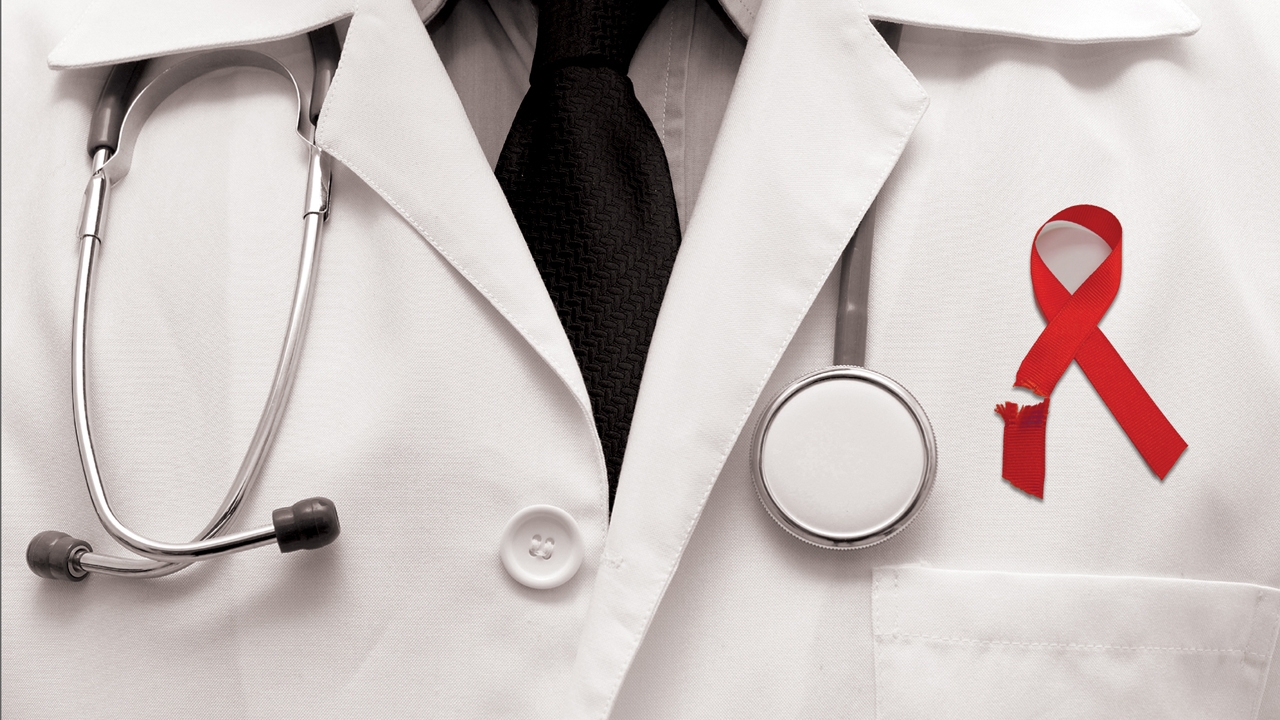Descriptions of the first AIDS cases in Los Angeles and New York in 1981 changed the career path for Michael Saag, M.D., from cardiology to infectious diseases. In turn, he helped to transform the deadly virus into a treatable disease. Now Saag, the world-renowned director of UAB’s Center for AIDS Research, has shared his story in Positive (2014: Greenleaf Book Group), a blend of memoir, mystery, and manifesto.
UAB MAGAZINE: Describe the experience of writing your first book.
SAAG: On one hand, I feel a little vulnerable, because it’s my story going out there. But I wanted to show how, by people pulling together for a common cause, we converted HIV from a near-certain death sentence into a chronic, manageable condition. The book focuses on the patient experience through individual stories that illustrate both the suffering and the triumph, and it also gives a look behind the scenes as researchers made progress against the epidemic.
UAB MAGAZINE: Describe the experience of writing your first book.
SAAG: On one hand, I feel a little vulnerable, because it’s my story going out there. But I wanted to show how, by people pulling together for a common cause, we converted HIV from a near-certain death sentence into a chronic, manageable condition. The book focuses on the patient experience through individual stories that illustrate both the suffering and the triumph, and it also gives a look behind the scenes as researchers made progress against the epidemic.
 Michael Saag
Michael SaagUAB MAGAZINE: Positive links the battle against HIV/AIDS with the challenges faced by millions of Americans navigating the U.S. health-care system. Why is this a crucial concern?
SAAG: For all the success that we had fighting HIV, we kept hitting the wall of our health-care delivery system. I want to shine a light on the cracks and crevices that exist for every patient with any disease in order to spark a dialogue on the topic of health-care delivery in the United States.
We need a predictable system so that we know what we’re going to get when we walk in the door. If we can solve the mysteries of HIV, then we should be able to solve the problem of our health-care system. My hope is that, through experiencing that story in the book, we will be motivated to pull together in a similar way to change health care for the better.
UAB MAGAZINE: Who should read this book?
SAAG: This is a book for several audiences. Anyone who’s been touched by or involved with HIV will find a lot of meaning. For everyone else, this book is a wake-up call that we shouldn’t put up with dysfunction in our health-care system. It’s exciting to think that it could spark a dialogue to effect change.


